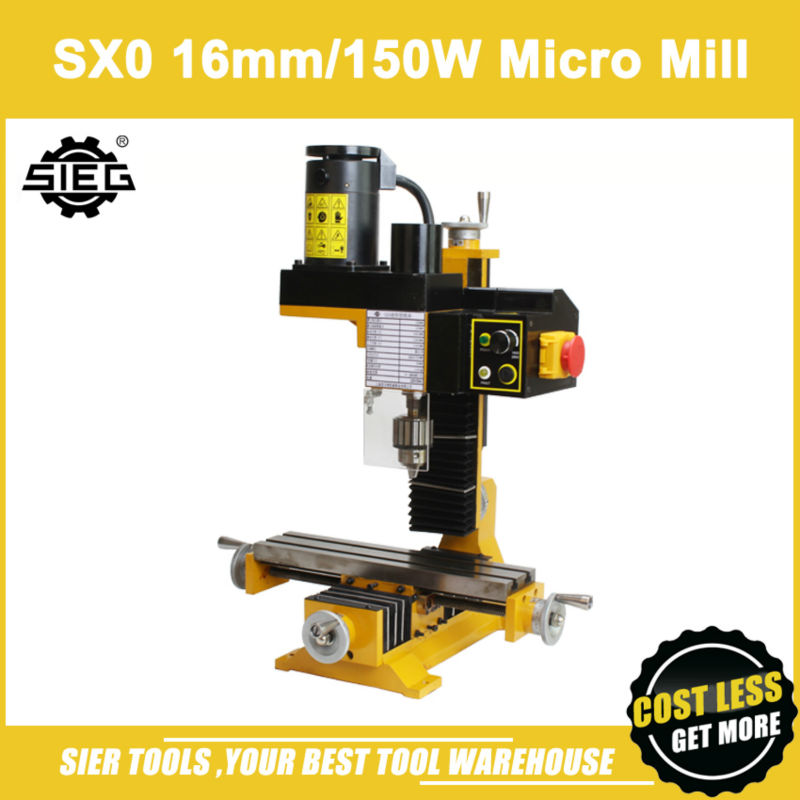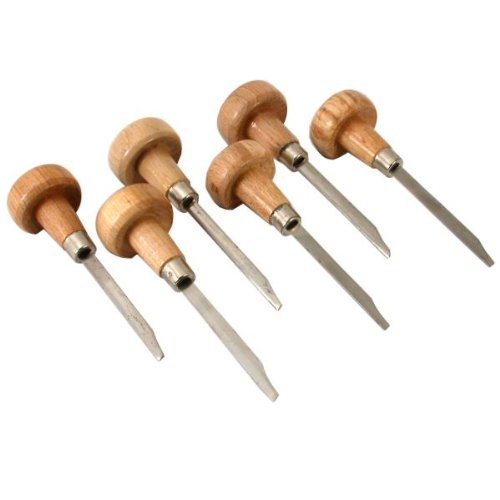-
Posts
1,046 -
Joined
-
Last visited
Content Type
Profiles
Forums
Gallery
Events
Posts posted by grsjax
-
-
Got the wood de-barked. Used a 1" chisel as the trunk of the tree is fluted and a draw knife will only hit the high areas.
Painted the ends and cut a few pieces to see what it looks like. Found some insect damage and staining under the bark. Wood is nearly white (sort of a very light cream color) but still pretty wet so probably going to change color a bit as it seasons. I will cut out the stained areas for pen blanks. A friend of mine is a pen turner and I send him pieces of interesting wood. Very hard wood. Might make a good substitute for holly.
-
The downside of solder is the lead. It will deteriorate with time.
No problem to find lead free solder these days. Most are tin based.
- CaptainSteve, Canute, Elijah and 2 others
-
 5
5
-
My neighbor cut down an old meyer lemon tree and gave me the wood. Just got it so it will be drying for at least several months and I don't know much about it. All I could find on the net was that the wood was hard and fine grained with little or no figure. Anyone have any experience with lemon or citrus wood in model making?
-
Being naturally a cheap guy I look for interesting kits, materials and tools used or on sale. I have picked up some amazing bargains from eBay and garage sales. All depends on what you want. If you have your heart set on a particular kit you are probably going to have to bite the bullet and pay the going price for a new one or wait a long time to find it for sale on eBay cheap. Same goes for tools. Over 40 years of looking for deals I have accumulated a pretty good workshop but I didn't spend a great deal of money on it. Same for my stash of models. I have some very expensive model kits that I picked up cheap. Cheapest way to go is to get plans and build scratch using found materials (salvaged wood, etc.) and building your own specialized tools. For me that is part of the fun and interest of the hobby but I don't expect it is for everyone.
-
I came across a rotary tool at Harbor Freight for only $9.99. It may not be as powerful or flexible as my Dremel 4000. But I find that I reach for this tool 1st because it is so handy and easy to use. But, it only has one speed.
RussR
It is, IMHO, worthless. Not enough power to be useful for much of anything. Look for a sale on the Dremel knock off of your choice or go on eBay and look for a good deal on a used one.
-
I've always like the look of this one. It has a handy 5000 rpm top speed.
http://littlemachineshop.com/products/product_view.php?ProductID=4700
That is a nice one. I really like the 5.5" throat. Makes it a lot more usable.
-
Specs on this one say it has 8mm table slots (same as Sherline) and a top speed of 2800rpm. Maybe the Micro Mark model is an earlier model.
I would guess that any accessory that works with a Sherline mill would work with the Sieg. The Sieg is a bit larger than the Sherline and might be able to use some of the mini mill accessories as well.
-
Ran across a reference to this mill and was wondering if anyone had any experience with one?
It looks like a good compromise between the larger Sieg X2 mill and the smaller Sherline and Taig offerings.
One thing that looked very good compared to the smaller mills was the all cast iron construction. Heavier the aluminum mills but much more rigid. It also has a larger motor (150w vs 90w for the Sherline) and uses ER16 collets rather than the 8mm collets for the Sherline.
-
Spoke shaves are good for working on spars and other long thin sections. Use them for doing the initial shaping before finishing with scraper and sandpaper.
- michael mott, Jack12477, Canute and 2 others
-
 5
5
-
They are all good choices. The banks dory may be a bit simple but it is a good place to start. The swampscott dory is a little more of a challenge. I would rank these from least complicated to most;
Banks dory
Swampscott dory
Philadelphia
18th Century longboat
All good places to start.
-
Depends on what you want to do with it. A lot of minor milling of wood can actually be done on a small drill press. If you plan on doing extensive milling or milling metals you will want something designed for that purpose. Once you have defined your needs you can start looking for the model that fits.
-
As Frankie says, green for bronze pins. Iron pins would be black and wooden pins natural, untreated wood.
- thibaultron, mtaylor and Canute
-
 3
3
-
Nice wood, fairly hard and has been used as a substitute for ebony. Not a commonly available wood. Usually used for turning and carving. Reported to be easy to work.
Average Dried Weight: 53 lbs/ft3 (850 kg/m3)
Specific Gravity (Basic, 12% MC): .69, .85
Janka Hardness: 2,020 lbf (8,990 N)*
*Estimated hardness based on specific gravity
- Canute, thibaultron, mtaylor and 1 other
-
 4
4
-
I have been reading up on these routers since this topic got started and was wondering if anyone has experience with one using an Anduino control board with the Anduino IDE and GRBL software. I have no experience with these machines or the software but from what I have read Anduino IDE/GRBL setup is easy to use and flexible.
-
Grsfax - I could use a single grit for my bigger chisels. I have an alignment guide that holds them at the same angle for sharpening all the time. For my little chisels, which I use a lot more, my alignment guides aren't as precise, so generally start with a rougher grit and work up. I used to free hand them, but have been getting a lot better edge with some guides.
thanks!
davec
No need to use a guide. I just give the edge a few light strokes along the 6000 grit periodically to keep the edge keen. I find that I don't need the guide except when I have irregularities in the edge to work out.
-
I use a piece of wood with a sheet of 6000 grit sandpaper glued to it for touch ups. Put a drop of oil on the sandpaper and use it like a stone.
- Canute, mtaylor and thibaultron
-
 3
3
-
-
I am interested in finding information on American sailing barges. I already have a lot of info on the San Francisco barges as they are well documented and there are some still afloat. However barges from other parts of the country are harder to find data on.
"American Small Sailing Craft" by Howard Chapelle has a little on gulf coast barges and I have found mention of barges in Maine and on the Chesapeake but little else. Sailing barges were a major contributor to water transportation in the U.S. before the wide spread introduction of steam and I would like to know more about them. History, plans, pictures or anything else anyone can direct me to would be appreciated.
-
-
-
As said the price of chisels and planes has a relationship to the quality. However what is important is the quality of the steel used. I purchased a set of cheap chisels to use for rough work and found that although the finish was poor the steel was very good. After reworking the cutting edges and sharpening they turned out to be very good chisels. The set of 5 chisels cost me about $5 at HF on sale. Take away here is that if you are on a budget and willing to do some work on the chisels and plane irons you can get some decent tools at low cost.
-
-
As I suggested above, perhaps the administrators start a sort of permanent file, where one can compare the different capabilities and capacities. I agree, for making jigs and attachments for your machines, a bigger machine would be handy. But you will find that is always a 'catch 22' - you always better have a bigger machine for making attachments for your smaller machine. But, how did they do in the old days, when there were no bigger and more precise machines ? Sometimes it just need ingenuity and patience and you can turn out good stuff with smaller machines. As said earlier, if you can't have a range of machines, you have to make a trade-off between your needs.
In principle, a big machine is more stable, has less vibrations and, therefore, the potential for higher precision. This, however, requires that it is well-made and well-adjusted. The problem is that adjustment costs time and, hence, money. This is were the Chinese makers cut corners in order to be able to sell their products at competitive prices. Compare a modern-day Chinese mill or lathe with a precision machine of the 1940s or 1950s (the pre CN- and CNC-age) coming from Switzerland. On the latter the slides move like silk in spite of the large masses involved, because the ways have been scraped-in and not just milled. In order to get equivalent handling for working on small parts, you have to opt for a smaller machine - unless you are a master in machine adjustment.
BTW, I am working steel on my watchmaking lathes and mills. It is a pain at times and takes a long time because I can only take light cuts, but with perseverance I manage to most things I want to do. The same machine, on the other hand, is ways better than a big Chinese machine will be, on small parts. With careful adjustment, the Sherline or Proxxon machines are almost as good.
All true. However there is a big difference between a Harbor Freight machine and LMS or MM machine. The difference is in the quality control. The Sieg factory will manufacture a lathe or mill to what ever level of precision a customer wants. HF buys run of the factory machines that may or may not have been assembled and checked adequately. MM and LMS buy machines manufactured to their specs and check the QC themselves resulting in a much better product. Not to say these machines can't be improved but out of the box they are pretty good. My MM lathe has hand scraped ways and came needing only minor adjustments to be up and running.
Your observation that you always need a bigger machine for something is very true. That said it is a good idea to get a machine that will both do precision work and can handle larger pieces (with in reason). I don't think I could reliably do 1/10000" work on my lathe but with the proper setup I could handle 5/10000". But then how often do you need that kind of precision? 1/1000" difference is to small to see with the naked eye and would be more than adequate for model building.
Another thing I like about the larger machines is that you can easily modify them to improve performance. Low cost mods like swapping the roller bearings in the head stock for tapered roller bearings is an example. Also the Seig 7x lathes can cut left handed threads and with a few extra change gears can cut threads from 4/in to 240/in. I haven't seen any of the small machines that can do either.
An alternative to the Seig lathes are the older Atlas/Craftsman 6" lathes. They can be found for sale (at least here in the states) for reasonable prices.
-
More capapable in what respect ? Size ? But then you talk about capacity, rather than capability.
Size but also power. A Sieg 2x mill, which is what both the MM and LMS machines start as, can handle cuts in hard materials that a small machine like the Sherline or Proxxon simply cannot do. If all you are ever going to do is take light cuts on soft brass, aluminum and wood one of the smaller machines will work fine. If you want to work in steel, cast iron or even some of the really hard woods like ebony you want a machine that can do the job faster and easier.
For making small parts for a model I guess it really isn't important but when it comes to making jigs and special tools you will want the size and power of the larger machine.
Same applies to the lathes.





Wood offcuts and scrap
in Wood discussion...Where to use it? Where to get it? What types are best? How to Finish it?
Posted
I have a lot of scrap wood left over from projects. I find that if the piece is big enough to handle easily I keep it. Really small stuff gets tossed. Also if I find that I am accumulating a lot of one type of material, like the left overs from kit laser cut sheets, I tend to throw out the less useful bits. No rules, just do what works for you.